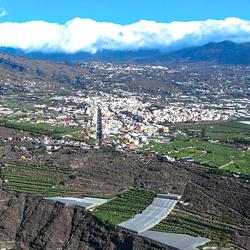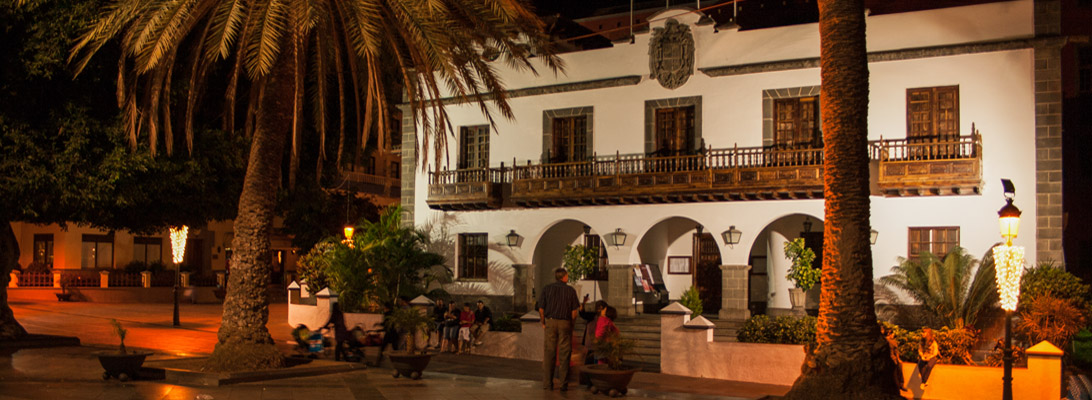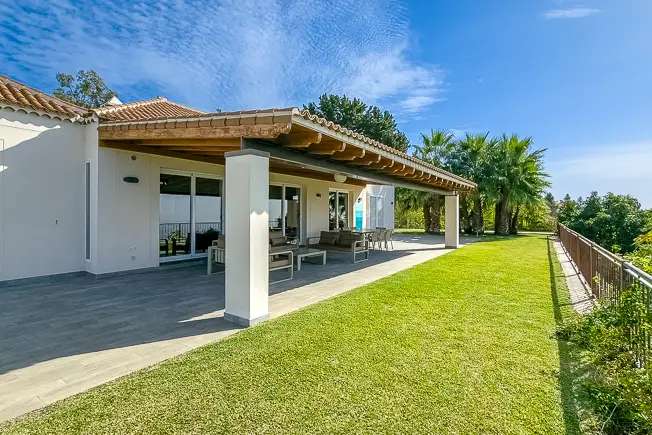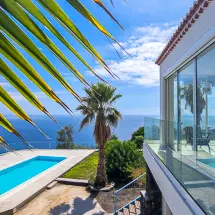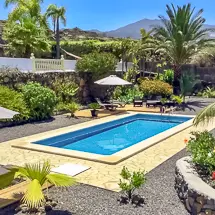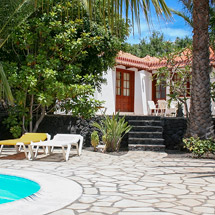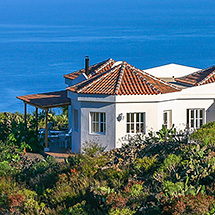The "secret capital" and largest city of La Palma (22,000 inhabitants) lies on a fertile plain between banana plantations, avocado trees, almond trees, and fig trees. The deep gorge Barranco de las Angustias and the Caldera de Taburiente are not far away.
Literally translated Los Llanos de Aridane means "the plains of the plain". The Spanish conquerors of La Palma did not know the language of the locals well in the beginning and did not know that Aridane already meant plain.
Los Llanos - La Palma's Holiday Home Paradise
Puerto Naos beach, with its fine black sand and one of the two most important tourist centers of La Palma, belongs to this municipal area. On the stretch between Los Llanos and Puerto Naos, there are attractive apartments, holiday homes, and fincas in the surroundings of the small villages (La Laguna, Las Norias, Todoque), which are inhabited by tourists and numerous German residents. Todoque, Triana or La Laguna are also the names of the volcanic cones that rose here even before the holiday homes were built.
Aridane valley - Fertile plain
Some coastal areas in the municipality (such as Las Manchas) are still covered by the lava of San Juan (erupted in 1949). This zone is today one of the most important in the Canary Islands for banana cultivation. 40 percent of La Palma's bananas are grown in the Los Llanos de Aridane area. Even if it doesn't rain so often in the Aridane valley, there is enough water for the cultivation of even demanding exotic fruits. The water is transported and distributed by a branched irrigation system from the mountains and mainly from the caldera.







